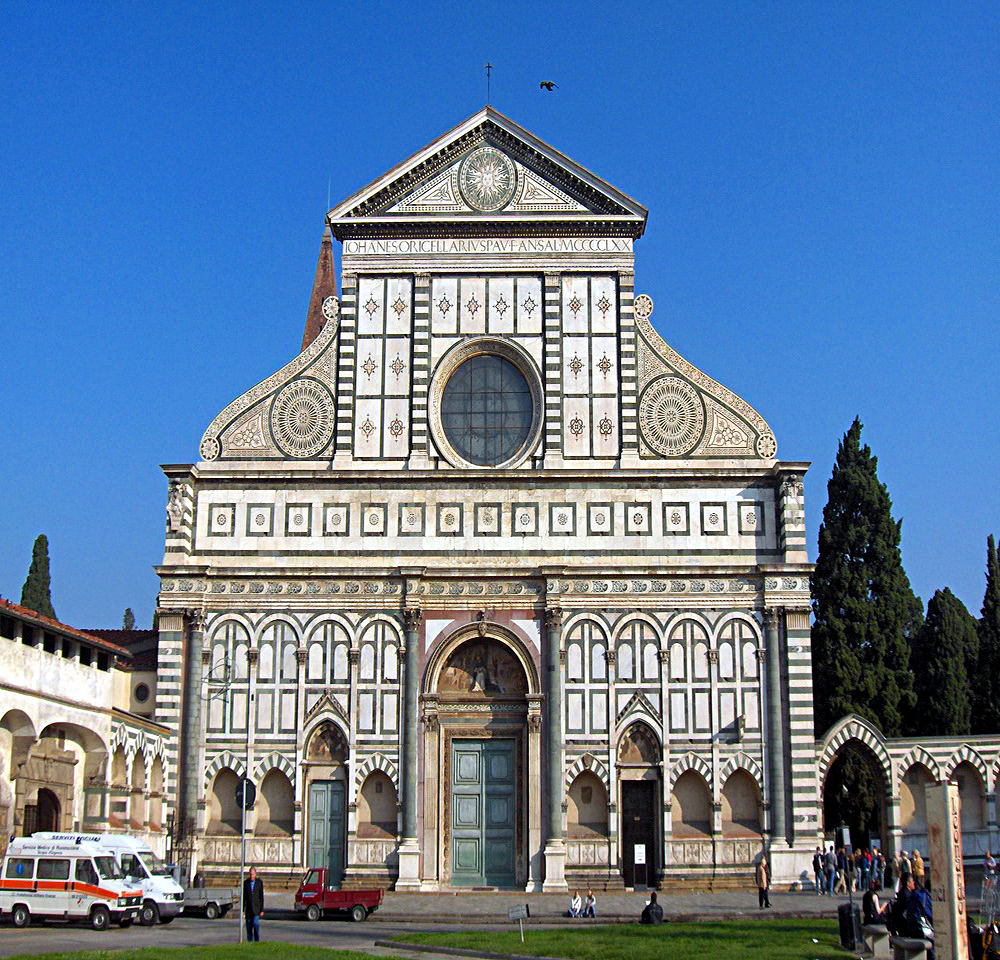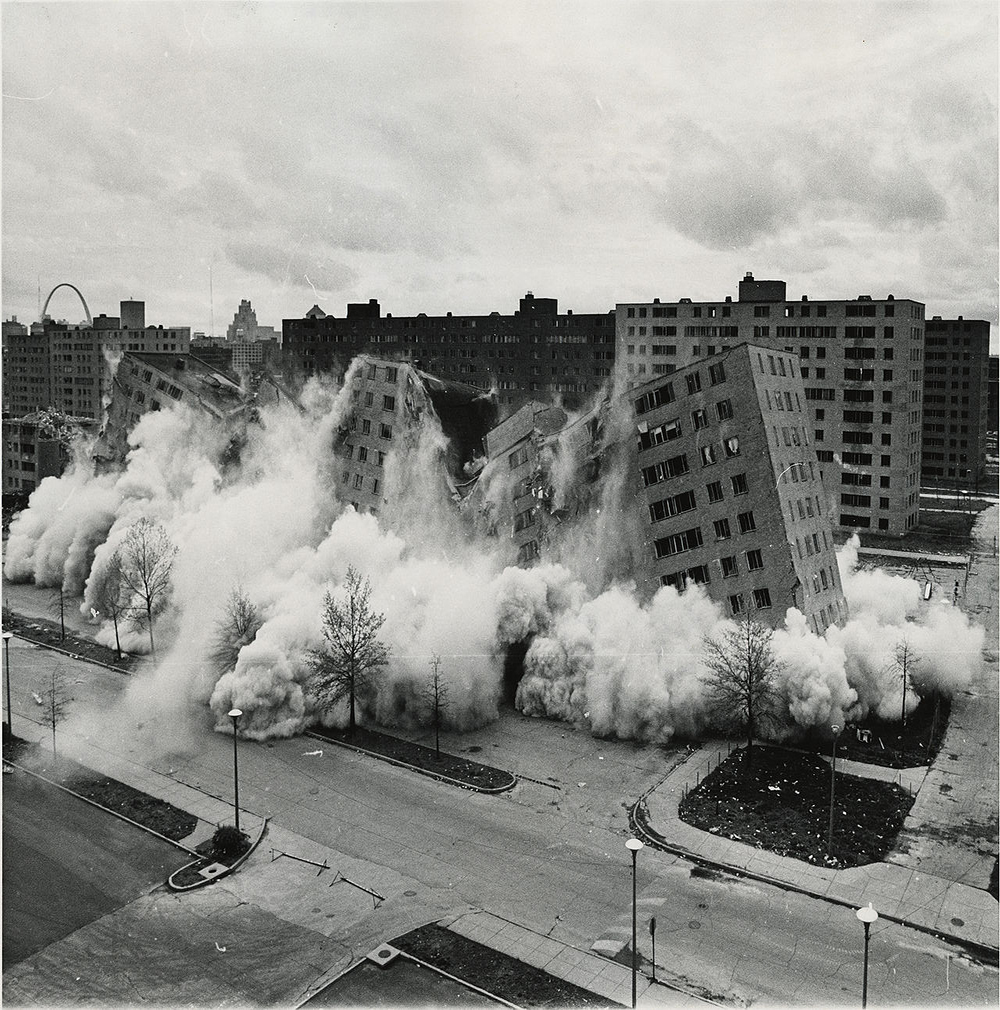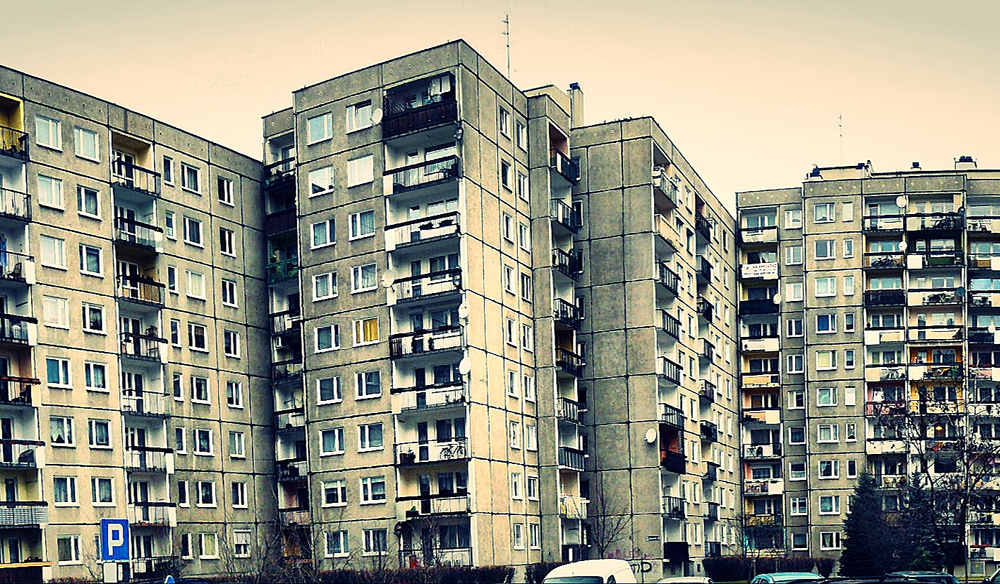The role of architecture in shaping communities has been much debated over the years. And though it has since been proven that its influence is not as direct and complete as once thought, there is no doubt that architecture influences communities in various different ways.
When architects get it wrong
Architects can no longer make sweeping statements and claim their designs will instantly revitalise communities and change perceptions, it’s a little more complicated than that. The phrase architectural determinism was coined in 1966 by British planner Maurice Broady. It was his belief that architectural design solutions would change behaviour in a predictable and positive way, which unfortunately turned out not to be true. It had been the claim of architects for decades that their designs would reshape society through the power of their art, which is a lovely if unsubstantiated notion.
In the 1400s, Italian Renaissance-era architect Leon Battista Alberti claimed that balanced classical forms were so influential that they would compel aggressive invaders to down their arms and become civilians. (Not true).
Image source
US architect Frank Lloyd Wright believed that when done right, architecture would save the US from corruption and turn people back to “wholesome endeavours.” (Also not true).
Swiss-born French architect Le Corbusier claimed that the power of his designs for his Villa Savoye would actually heal the sick. (So not true that it actually did the opposite, and he only avoided court due to the commencement of World War II).
Postmodern theorists took to critiquing architecture a little more harshly after the previously mentioned failures, the high-point of which was the demolition of the infamous Pruitt-Igoe urban housing complex in St Louis in the US. George Hellmuth, Minoru Yamasaki and Joseph Leinweber designed the complex with the idea that “community gathering spaces and safe, enclosed play yards” would provide a happy and prosperous living environment. The power of architecture was shown to be a double edged sword and the hotspot for crime and poverty was finally demolished in the 1970s, with architects raising their hands and for once admitting they got it wrong.
Image source
Architecture DOES make a difference
Just because there are plenty of examples of when architecture doesn’t magically make the world a better place, it doesn’t mean that it does not and cannot influence people. US author Charles Montgomery points this out in his book Happy City: Transforming Our Lives Through Urban Design. Environments are able to predictably affect moods, it just takes a little more precision than previously thought.
The resurgence of belief that architecture can change behaviour has been well documented by journals such as World Health Design, Environment Behavior and HERD. And while the majority of the focus has been on hospitals and healthcare facilities, where the impact of architecture can have real life or death consequences, the impact of building designs are still seen elsewhere.
Boring buildings and large grey landscapes have been found to cause higher levels of stress. Without variety and stimulation, the human mind gets confused and is reminded just how far out of its natural habitat it is.
Image source
Boring and uninspiring architecture could cause a community real harm. Conversely, a 2009 paper by Murray Krelstein, MD in the Psychiatric Times entitled, ‘Have You Ever Felt Awe and Wonder?’ has suggested that awe reduces the prevalence and severity of mood disorders. Meaning that beautiful and awe inspiring architecture has the potential to create a calmer, happier environment.
So while there is is still no definitive answer to how architecture can impact society, it is still widely understood and accepted that architecture will always serve more than simply a functional purpose. If like us you believe in the power of architecture to shape societies, then consider entering in one of our open architecture competitions and creating something that challenges and changes the outdated attitudes.
Top 3 Reasons Why You Should Enter Architecture Competitions
Curious about the value of architecture competitions? Discover the transformative power they can have on your career - from igniting creativity and turning designs into reality, to gaining international recognition.
Learn more



























